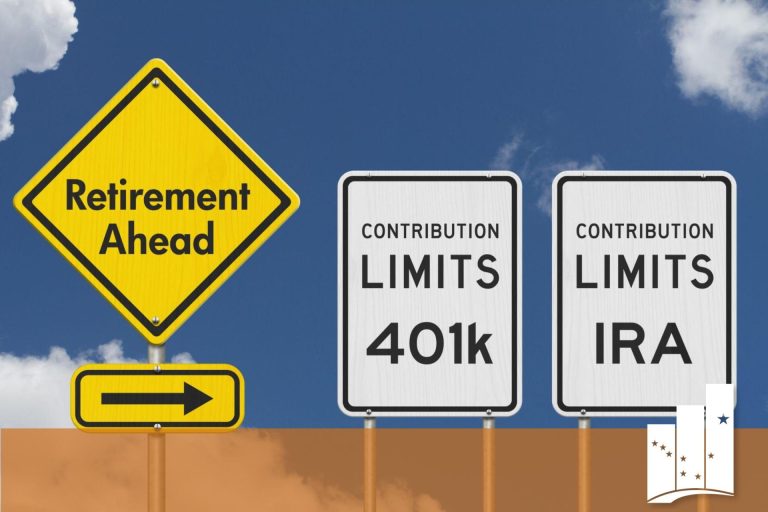
- Ten times the value of Alaska’s annual economy, or;
- The combined annual economic output of Vermont, Wyoming, Montana, South Dakota, Alaska, North Dakota, Rhode Island, Maine, Idaho, and Delaware, or;
- Eighty-five percent of the annual budget for our largest federal department, the Department of Defense, or;
- Ten times the bill for the U.S. Department of Education;
I pause for second to think about the enormity of the issue; it’s nearly beyond comprehension.
I’m moved to write about this crisis not because of the numbers involved (which are fascinating), but because of the humanity of the issue. There’s that old saying that “in a recession your neighbor loses their job, but a depression is when you lose your job.” There’s a grain a truth in there that we sense a crisis is real when we begin to identify with it personally. My personal connection to the opioid crisis is the increase in small-time property crime in my neighborhood, watching a good friend struggle through his son’s addiction, recovery, and relapse, and a photo from my youngest brother. My brother was the “runt” of the litter and was the child who would fall apart in giggles if you merely thought about tickling him. He now has five inches on me and he’s a San Francisco police officer serving in the Tenderloin District in the toughest part of downtown. A staff photographer recently took photos of his unit which included my brother attending to an overdose victim (https://tinyurl.com/ycfohmva- He’s the officer on the left working to revive an overdose victim who survived). I’m very proud of my brother, but the world would be a much better place if none of the individuals in this picture had to bear this burden. I also know that I’m very lucky that the opioid crisis hasn’t hit even closer to home than these examples. Every opioid addict has a mother, father, child, sibling, relative, or friend somewhere that’s affected by their burden.
In March 2017, the Alaska Mental Health Trust Authority released a report estimating the annual cost of illicit drug use in Alaska at $1.2 billion annually. For those that love context, that’s what we’ll spend in state money on state aid to education next year. The largest contributor to that number isn’t crime, healthcare, or public assistance, it’s lost productivity at work. We’re losing nearly $550 million a year in work productivity and another $400 million in traffic collisions stemming from illicit drug use of which opioids play a large role. Those are big numbers in a state where lawmakers are furiously debating a $25 million increase to the base student allocation used to determine state aid to education.
Some of my prior posts have been significantly lighter in tone, but this issue is weighty enough to break from tradition and let the gritty nature of the problem shine through. If you’re interested in the McDowell Group’s report for the Mental Health Trust Authority it’s located here: https://tinyurl.com/ybnebccg. If you are a fan of Podcasts and are interested in this issue then I highly recommend former U.S. Attorney Preet Bharara’s recent episode at https://www.wnycstudios.org/story/inside-opioid-crisis. You will not leave unaffected.
Let’s switch gears and talk about traditional taxes.
The Chickens Will Come Home to Roost
On the federal level, this year has seen the passage of both a major corporate and personal tax cuts package and a robust spending bill. With such a plan you would think that the U.S. economy was in recession and in not in the midst of the 2nd longest expansion since the end of World War II. This week the Congressional Budget Office estimated that the combined tax cuts and spending largesse will add $4 Trillion to the national debt (a 20% increase in to total debt) over the next decade and that’s after subtracting for increased tax revenues stemming from the associated economic stimulus. For their parts, U.S. Workers have seen their average paychecks rise by $6.71 a week ($0.17 per hour) after the tax cuts. I’ll let the reading public make their own conclusions as to the efficiency of our national fiscal policies.
Our Inverse Tax
As I write this entry it looks as though we’ll have a $1,600 Permanent Fund Dividend this year subject to passage of the budget and the Governor’s signature. The amount is a $500 increase over last year’s $1,100 dividend. The total bill will be a cool $1 Billion from Earnings Reserve Account or $300 million more than last year. Most Alaskans will certainly welcome the higher amount, but what will happen with that money? We know that Alaskans will spend it, save it, and give it away, but we don’t really know in what portions or how because it’s been decades since anyone truly studied what Alaskans do with their dividends. In 2010, a local consulting company asked a set of simple questions on a statewide survey and found that a little more than half of Alaskans spend it or mostly spend it and a little less than half save it or mostly save it. Many of the spenders used to the money to pay bills they’d already incurred. How do you treat your dividend and what economic impact does it have on Alaska?
Jonathan King is a consulting economist and Certified Professional Coach. His firm, Halcyon Consulting, is dedicated to helping clients reach their goals through accountability, integrity, and personal growth. Jonathan has 21 years of social science consulting experience including 15 years in Alaska. The comments in this blog do not necessarily represent the view of employers and clients past or present and are Jonathan’s alone. Suggested blog topics, constructive feedback, and comments are desired at askjonathan@apcm.net.
The views and opinions expressed in this article are those of the author and do not necessarily reflect APCM’s position.
4/18/18






